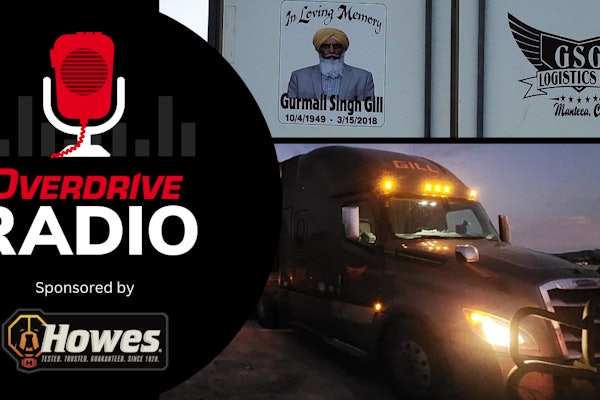Owner-operator Jerry Krulik says he was repeatedly charged fuel card fees beyond the $1.50 that applied when his carrier put money into his account. “One time I lost $14 overnight, and I never touched the card,” he says.
The only explanation he or his carrier, Packard Transportation of Channahon, Ill., could get from the card issuer was that his account was “in the negative” every time, which Krulik disputes. He finally switched cards.
It’s hardly unusual for owner-operators to have questions with fuel cards. Programs using the cards vary, as do contracts with fleets, so no universal policies apply.
Discounted fuel isn’t the only incentive for using a fuel card. In the case of a fleet-sponsored card, having the carrier calculate your fuel tax automatically is a great advantage, notes Kevin Rutherford, a small-fleet owner and a principal with The Alliance, a financial services group.
Rutherford says he sees more problems with confusing settlements than with fees. “If the fleet has negotiated some sort of discount, is that discount being passed on to the owner-operator?” he says. With one popular fuel card, “We have a really hard time even here figuring out who’s getting charged for what,” he says. A clear accounting of fees is critical because you can deduct them as business expenses.
Owner-Operator Independent Drivers Association members have had problems with discounts and fees, says Vice President Todd Spencer. OOIDA lawsuits have alleged that certain fleets fail to pass along their full fuel discounts to owner-operators, or that they charge owner-operators too much for fees the fleets pay back to Comdata, a major fuel card provider.
Here are some tips on fuel card use:
LEARN HOW THE CARD WORKS. If you did not receive a full explanation at orientation, ask for a written policy that covers all terms and fees. Check every settlement.
MINIMIZE TRANSACTION FEES. Since most cards use flat fees for transactions, get the biggest bang for your buck. “You don’t want to be buying only $30 worth of fuel and get hit with a $3 charge – that’s a 10 percent fee,” Rutherford says. “It’s not unusual to have three different fees, depending on what you’re using the card for, the highest usually being cash advances.” In such cases, take advantage of discounts that apply when combining fueling and a cash advance on the same transaction.
IF NECESSARY, LOOK ELSEWHERE. OOIDA plans to introduce a card this spring that will have clear, minimal fees, says Marketing Director Mike Schermoly. Rutherford’s Alliance group is also looking at introducing a user-friendly owner-operator card.
GET THE FACTS ON FUEL TAX
State-to-state differences in fuel taxes can camouflage the actual price of fuel. It’s often wise to buy extra fuel in states with higher fuel taxes, which tend to have a lower cost for fuel apart from tax. Although you might pay more at the pump, you’ll get more credits after your tax reporting is done.
You can check each state’s average fuel prices, updated daily, along with that state’s fuel tax, under FUEL PRICES on eTrucker.com.








